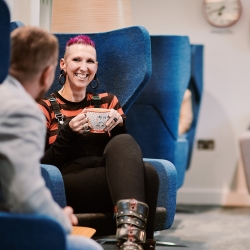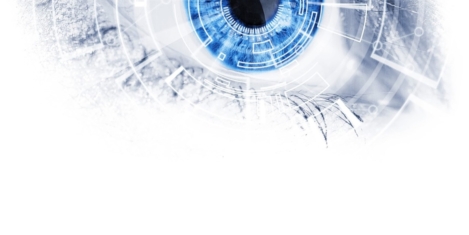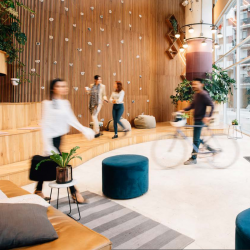August 16, 2013
Healthier people theme for this year’s World Green Building Week
The UK Green Building Council has published a calendar of events for this year’s World Green Building Week (WGBW) which takes place from 16-20 September 2013. The theme is ‘Greener Buildings, Better Places, Healthier People’, emphasising the value of green buildings to people – whether higher productivity for office workers, improved learning outcomes for students, healthier workplaces for nurses and teachers, or better homes for people. The key messages are that green buildings make better places to live, work and play; that improving indoor and outdoor environmental quality help us to create healthier places to live and work, and that green buildings can improve well-being and quality of life for everyone in the community. (more…)





























March 21, 2013
Video: how networks of engaged people can achieve more than nations
by Mark Eltringham • Architecture, Comment, Facilities management, Property, Technology, Workplace design
[embedplusvideo height=”157″ width=”230″ standard=”https://www.youtube.com/v/f2k2_dN-REc?fs=1″ vars=”ytid=f2k2_dN-REc&width=230&height=157&start=&stop=&rs=w&hd=0&autoplay=0&react=1&chapters=¬es=” id=”ep8069″ /]
In spite of all its flaws, the Internet can empower people to address specific issues in ways that exceed the abilities of nation states. In this energising talk for the Royal Society for the Arts, Don Tapscott, a Canadian businessman and now one of the world’s leading authorities on the impact of technology on people and societies, explores the idea that engaged and connected people can work together to innovate and solve issues that can seem intractable to the world’s governments and international bodies, including the most serious demographic and environmental challenges we all face.